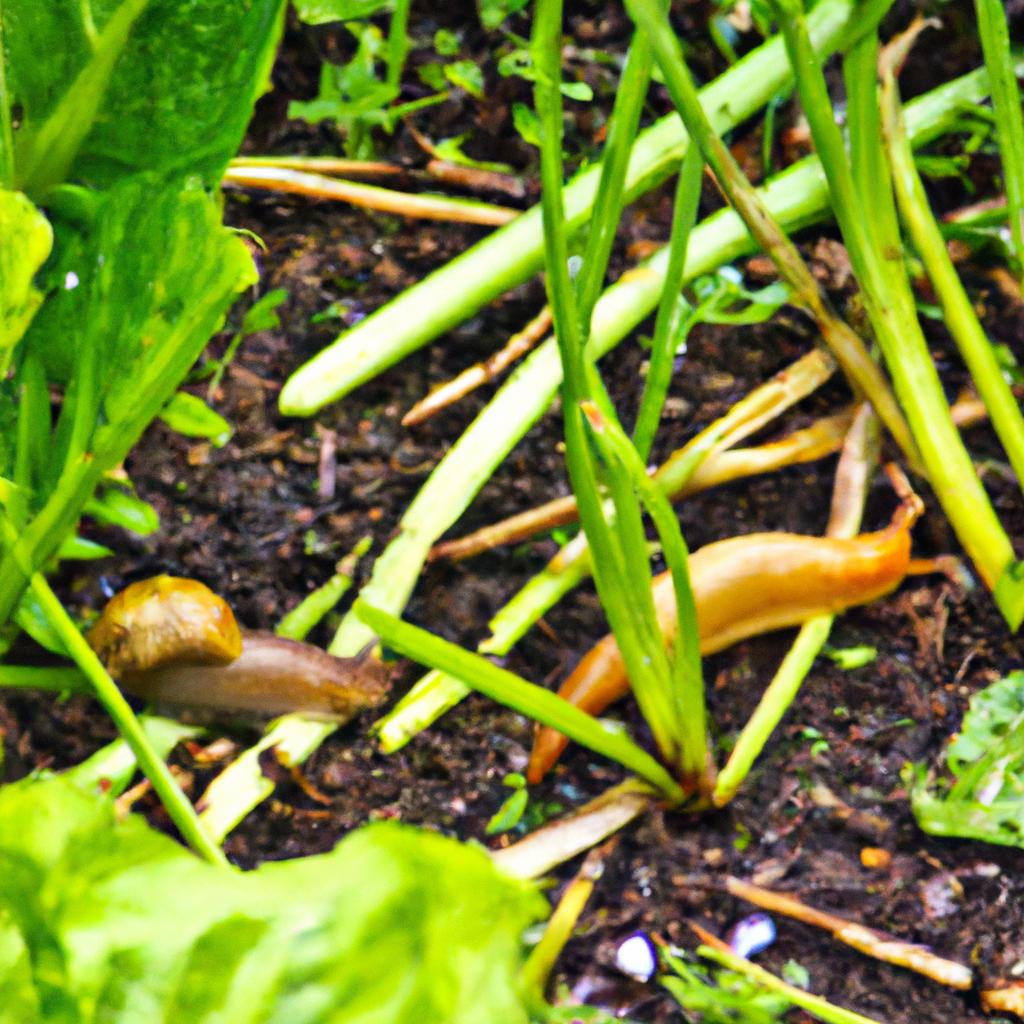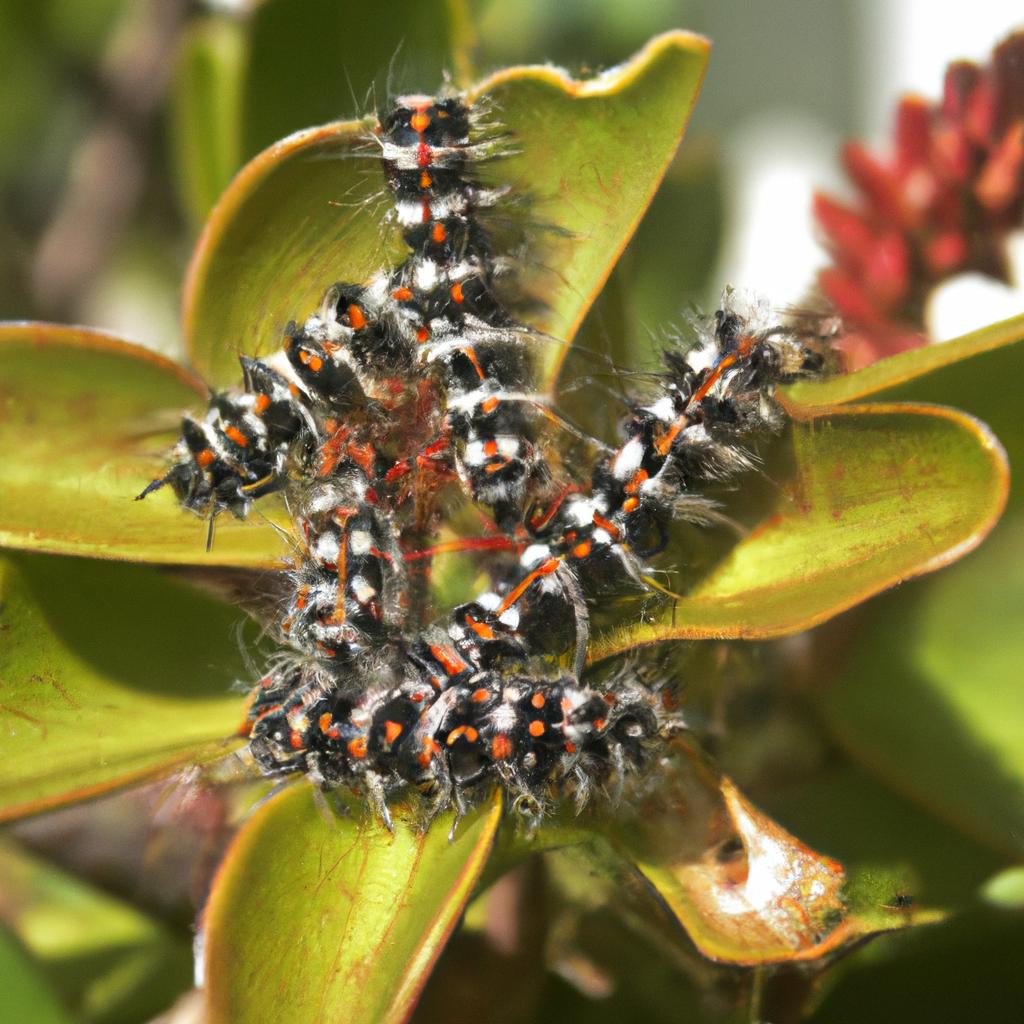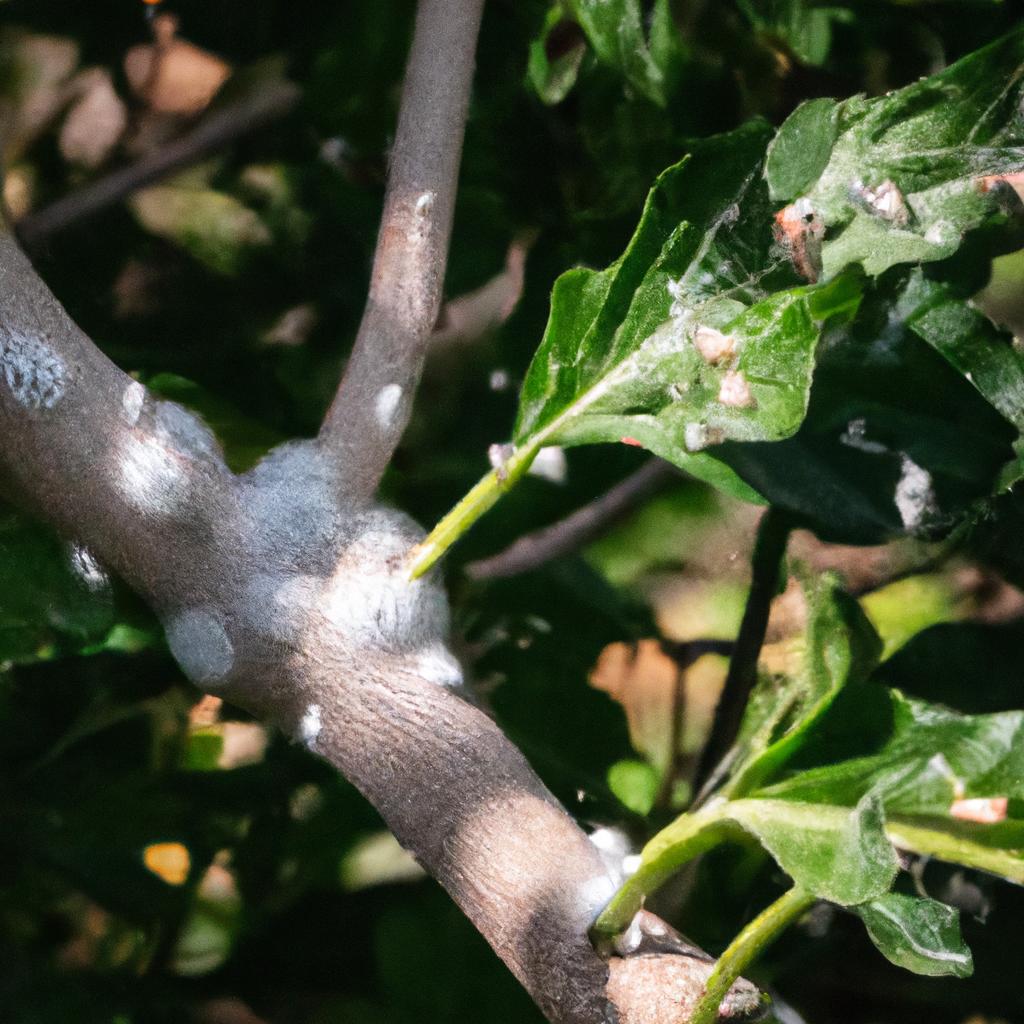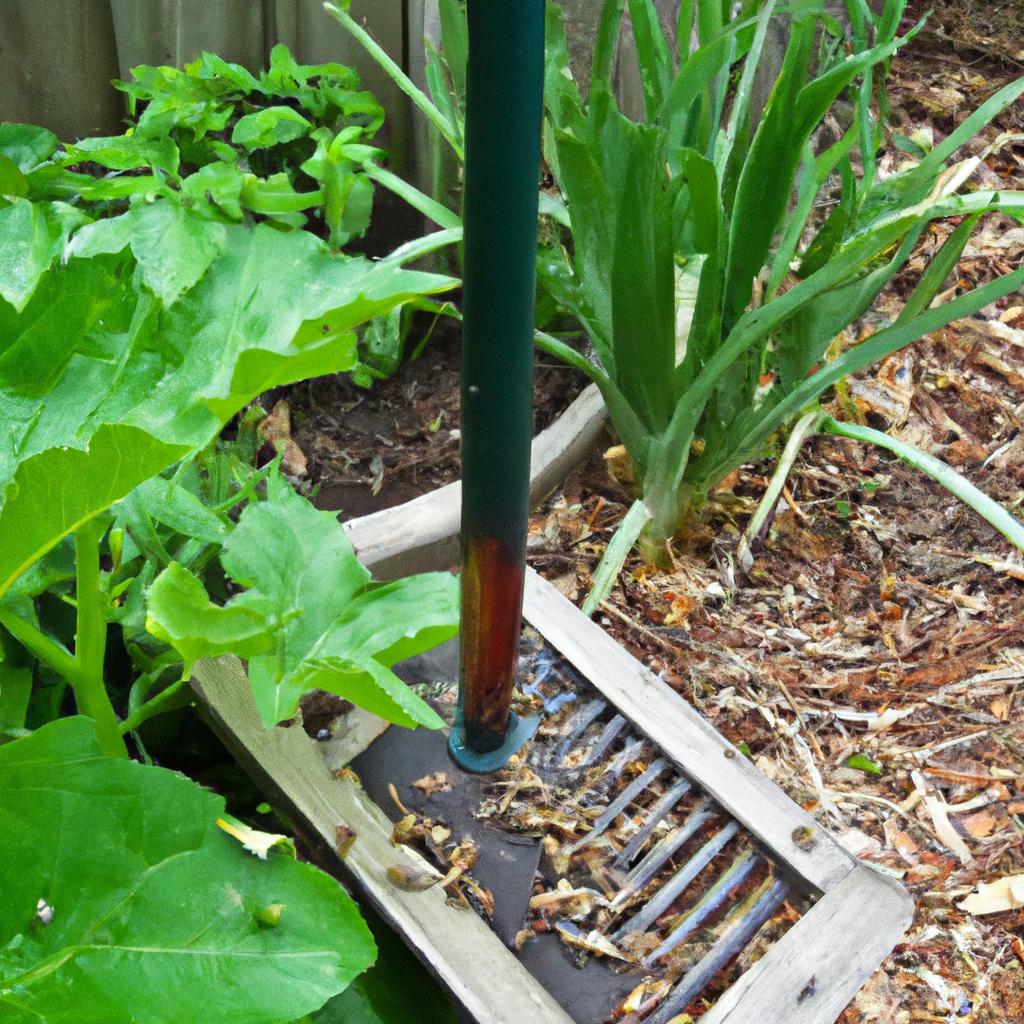Discover effective pest control strategies to maintain a pest-free garden in Australia. Identify common garden pests in Australia and their impact.
Introduction

Did you know that maintaining a pest-free garden is crucial for the health and vitality of your plants? As an avid gardener in Australia, it’s essential to be aware of the various garden pests that can wreak havoc on your beloved plants. In this article, homegardenartful.com will explore the importance of keeping your garden free from pests, delve into the common garden pests found in Australia, and highlight the benefits of implementing effective pest control strategies.
Importance of maintaining a pest-free garden in Australia
Imagine nurturing a beautiful garden, only to have it ravaged by pests. Garden pests not only damage your plants but also disrupt the delicate ecosystem you’ve worked so hard to create. By maintaining a pest-free garden, you not only ensure the longevity of your plants but also contribute to a thriving environment.
Overview of common garden pests in Australia
Australia boasts a diverse range of garden pests, each with its unique set of characteristics and destructive tendencies. From aphids and snails to caterpillars and fruit flies, these pests can quickly multiply and cause irreparable damage to your plants if left unchecked. Understanding the common garden pests in your region is the first step toward effective pest control.
Benefits of implementing effective pest control strategies
Implementing effective pest control strategies is essential to protect your garden from the relentless assault of pests. By employing organic pest control options such as companion planting, biological controls, and natural repellents, you can ensure the health and well-being of your plants without resorting to harmful chemicals. Additionally, regular garden maintenance practices and physical barriers like netting and fences play a crucial role in preventing and managing pest infestations.
With the foundation laid in this introduction, we’re ready to delve deeper into each aspect of garden pest control in Australia. In the upcoming sections, we’ll identify common garden pests, explore their impact on plants, discuss effective control methods, and provide prevention and management techniques. So, let’s embark on this journey together to protect our gardens from the relentless onslaught of pests.
Continue to Identifying Common Garden Pests in Australia
Identifying Common Garden Pests in Australia

Introduction to the diverse range of garden pests found in Australia
Australia is home to a wide array of garden pests that can wreak havoc on your plants. From tiny aphids to voracious caterpillars, these pests can quickly multiply and cause significant damage if not addressed promptly. Understanding the various garden pests prevalent in Australia is essential for effective pest control.
Description and characteristics of common garden pests
1. Aphids
Aphids are small, soft-bodied insects that come in various colors such as green, black, or brown. These sap-sucking pests cluster on the undersides of leaves and can rapidly reproduce, causing stunted growth and deformed leaves. They are especially attracted to new growth and can transmit plant diseases.
2. Snails and Slugs
Slugs and snails are mollusks that thrive in moist environments. They leave behind a trail of slimy mucus as they feast on your plants’ foliage, stems, and fruits. These garden pests can decimate young seedlings and delicate plants overnight, leaving behind holes and ragged edges on leaves.
3. Caterpillars
Caterpillars, the larval stage of butterflies and moths, are voracious eaters that target a wide range of plants. They chew through leaves, often leaving behind skeletonized foliage. Some caterpillar species, such as the tomato hornworm, can cause significant damage to crops.
4. Whiteflies
Whiteflies are tiny, white-winged insects that suck sap from plants, causing wilting, yellowing, and leaf drop. They often congregate on the undersides of leaves, forming a cloud-like appearance when disturbed. These pests are notorious for transmitting plant viruses.
5. Fruit Flies
Fruit flies are a common nuisance in gardens, particularly when fruits are ripe. They lay eggs in the fruit, and their larvae feed on the pulp, causing it to rot and become inedible. These pests can quickly infest an entire crop, leading to significant losses.
6. Ants
While ants may not directly damage plants, they often protect and nurture other pests like aphids, mealybugs, and scale insects. Ants farm these pests for their honeydew secretions, which can stunt plant growth and promote the growth of mold and fung
By familiarizing ourselves with these common garden pests and their characteristics, we can better identify and combat their presence in our gardens. In the next section, we will explore the impact of garden pests on plants and the risks associated with untreated infestations.
Continue to Understanding the Impact of Garden Pests on Plants
Understanding the Impact of Garden Pests on Plants

Overview of the damage caused by garden pests
Garden pests can wreak havoc on your plants, causing substantial damage that may hinder their growth and overall health. These pests have various feeding habits that range from chewing on leaves and stems to sucking sap from plants. This feeding behavior can lead to visible signs of damage, including holes in leaves, wilting, discoloration, stunted growth, and even plant death. Understanding the specific damage caused by different garden pests is essential in identifying and addressing infestations promptly.
Effects of pest infestation on plant health and growth
When garden pests invade your plants, they not only cause visible damage but also disrupt their internal systems. Pests can introduce harmful pathogens and diseases, further weakening the plants’ immune systems. This can result in reduced photosynthesis, nutrient deficiencies, and a decline in overall plant vigor. As a result, affected plants become more susceptible to further damage and may struggle to survive.
Potential risks associated with untreated pest problems
Ignoring or neglecting pest problems in your garden can have severe consequences. Untreated infestations can quickly spread to neighboring plants, leading to widespread damage throughout your garden. Additionally, certain garden pests, such as ants, can establish colonies and cause structural damage to your property. Furthermore, the longer pests are left uncontrolled, the harder it becomes to eradicate them completely. It’s essential to address garden pest problems promptly to minimize the risks and protect the health of your plants.
By understanding the impact of garden pests on your plants, you gain insight into the urgency of effective pest control measures. In the subsequent sections, we’ll discuss various methods to control and manage garden pests in Australia. From organic pest control options to preventive techniques, we’ll equip you with the knowledge and tools to ensure a thriving, pest-free garden.
Continue to Effective Methods for Controlling Garden Pests in Australia
Effective Methods for Controlling Garden Pests in Australia

When it comes to combating garden pests in Australia, implementing effective pest control methods is crucial. There are various options available, ranging from organic approaches to chemical solutions. Let’s explore these methods in detail:
A. Organic pest control options
- Companion planting: Nature has a way of offering natural solutions to pest problems. Companion planting involves strategically placing certain plants together to deter pests. For example, planting marigolds alongside vegetables can repel aphids and nematodes, while attracting beneficial insects like ladybugs that feed on harmful pests.
- Biological controls: Introducing natural predators to your garden is an effective way to combat pests without harming the environment. Ladybugs, lacewings, and praying mantises are natural enemies of aphids and caterpillars, providing a natural form of pest control.
- Natural repellents: Harnessing the power of natural ingredients, such as garlic, neem oil, or chili peppers, can help repel garden pests. These repellents work by creating an unpleasant environment for pests or masking the scent of desirable plants, deterring pests from feeding on them.
B. Chemical pest control options
- Insecticides: In cases of severe pest infestations, chemical insecticides can be used as a last resort. However, it’s important to choose environmentally-friendly options that specifically target the pests you’re dealing with, minimizing harm to beneficial insects and the ecosystem.
- Pesticides: Pesticides are broad-spectrum chemicals designed to control a wide range of pests. While effective, they should be used sparingly and with caution. Opt for selective pesticides that target specific pests, reducing the overall impact on the environment.
- Herbicides (if relevant to garden pest control): Although not directly related to pest control, herbicides can play a role in eliminating weeds that provide shelter and breeding grounds for pests. However, it’s important to use herbicides judiciously, targeting only specific areas and avoiding harm to desired plants.
Remember, when using any chemical pest control method, always follow the instructions carefully and consider the potential risks and benefits. Striking a balance between organic and chemical approaches can help you effectively control pests while maintaining a healthy and sustainable garden.
Continue to Prevention and Management Techniques for Garden Pest Infestations
Prevention and Management Techniques for Garden Pest Infestations
Garden pest infestations can be a nightmare for any gardener, but fear not! There are several prevention and management techniques you can employ to keep those pesky critters at bay. By implementing regular garden maintenance practices and utilizing physical barriers and deterrents, you can create an inhospitable environment for garden pests. Let’s explore these techniques in detail.
A. Regular garden maintenance practices
- Proper watering and irrigation techniques: Maintaining the right moisture levels in your garden is crucial. Overwatering can attract pests, while underwatering can weaken plants, making them more susceptible to infestations. It’s important to water your plants at their base and avoid wetting the foliage, as this can lead to fungal diseases. Additionally, consider using drip irrigation systems to provide water directly to the roots, minimizing moisture on the surface.
- Weed control methods: Weeds not only compete with your plants for nutrients but also provide hiding spots for garden pests. Regularly remove weeds from your garden to eliminate potential pest havens. Mulching around your plants can also help suppress weed growth while retaining soil moisture.
- Pruning and trimming: Regularly pruning and trimming your plants not only helps maintain their shape and size but also improves air circulation. Proper air circulation reduces moisture levels, making it less enticing for pests to inhabit your garden.
B. Physical barriers and deterrents
- Netting and fences: Protect your plants from pests by installing physical barriers like netting or fences. Netting helps keep flying insects, birds, and larger pests away from your plants. Fences can act as a barrier against ground-dwelling pests such as rabbits and rodents.
- Mulching and ground covers: Mulching not only suppresses weed growth but also acts as a protective layer against pests. Organic mulches like straw or wood chips can create an unfavorable environment for pests while improving soil health. Ground covers, such as plants that spread and cover the soil, can also deter pests from accessing your garden beds.
- Traps and baits: Utilize traps and baits strategically to catch and eliminate specific pests. Sticky traps can be effective against flying insects like aphids, while slug and snail traps can help control these slimy intruders. Consider using organic baits or creating homemade solutions to minimize the impact on beneficial insects.
By incorporating these prevention and management techniques into your gardening routine, you can significantly reduce the chances of a garden pest infestation. Remember, a proactive approach is key to maintaining a healthy and thriving garden.
Conclusion
In conclusion, maintaining a pest-free garden in Australia is not only essential for the health and longevity of your plants but also for creating a harmonious and thriving environment. By understanding the common garden pests in Australia and implementing effective pest control strategies, you can protect your garden from the devastating effects of pest infestations.
Throughout this article, we have explored the importance of maintaining a pest-free garden and the various common garden pests you may encounter in Australia. We have also discussed the benefits of implementing organic pest control options and the use of physical barriers to prevent and manage pest infestations.
Remember, prevention is key when it comes to garden pest control. Regular garden maintenance practices such as proper watering and irrigation, weed control, and pruning can go a long way in minimizing pest problems. Additionally, incorporating companion planting and biological controls can help create a natural balance in your garden ecosystem.
By taking proactive measures and staying vigilant, you can ensure the health and vitality of your garden. So, let’s roll up our sleeves, put on our gardening gloves, and create a pest-free haven for our beloved plants.
For more expert tips and advice on maintaining a healthy garden, visit homegardenArtful.com. Together, let’s nurture our gardens and keep them free from the clutches of garden pests.
Remember, a pest-free garden is a happy garden!


